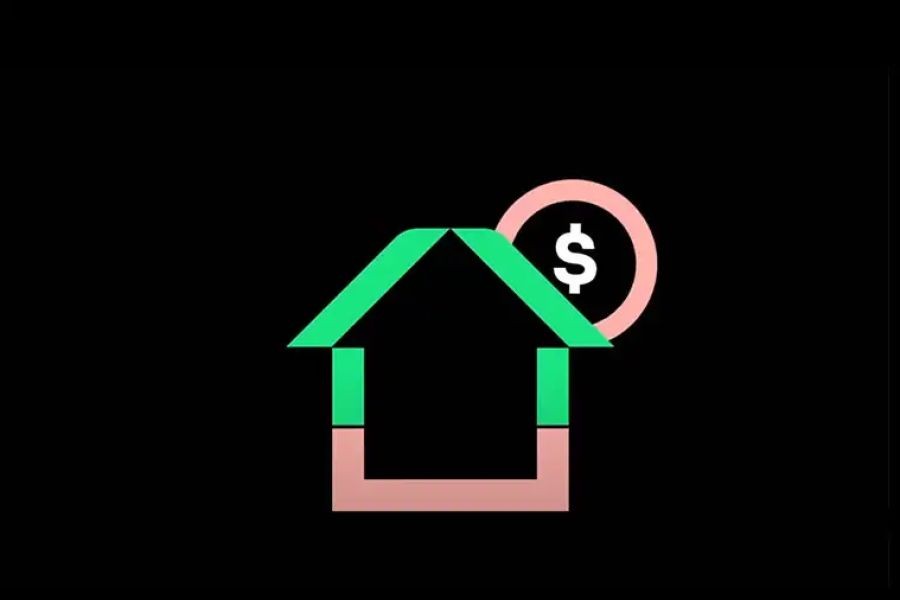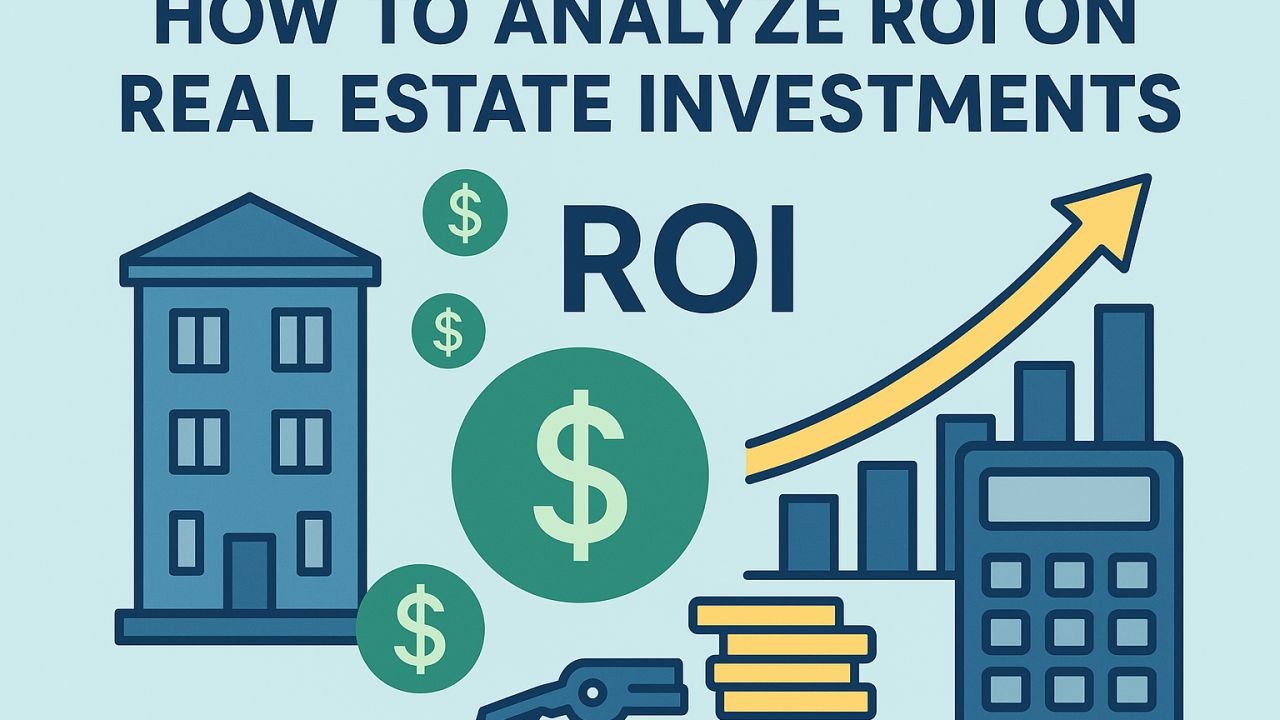In the bustling world of Kiwi home loans, the numbers on your mortgage statement might not tell the whole story. Beneath the surface, hidden fees can quietly erode your investment returns, making it imperative for New Zealand investors to grasp the intricacies of these charges. These fees, often tucked away in the fine print, can significantly influence the profitability of property investments, a sector that, according to the Reserve Bank of New Zealand, has seen a 27% rise in property prices since 2020. Understanding these hidden costs is crucial for any investor looking to maximize returns in the New Zealand real estate market.
Case Study: Navigating the Maze of Kiwi Home Loan Fees
Meet Sarah, an Auckland-based investor who recently ventured into the property market. Despite her meticulous planning, she was blindsided by unexpected fees that weren't immediately apparent when she signed her mortgage agreement. Sarah's experience highlights the complexity of New Zealand's home loan landscape, where fees such as early repayment charges, valuation fees, and low equity margins can add significant costs.
Problem
Sarah had secured a fixed-rate mortgage, believing it would provide stability in her investment's cash flow. However, when she decided to sell the property earlier than anticipated, she was hit with substantial early repayment fees. This fee, which can be as much as 1% of the remaining loan balance, caught her off guard and significantly impacted her expected profits.
Action
Determined to understand her misstep, Sarah consulted with a financial advisor who explained the importance of thoroughly reviewing all terms and conditions associated with mortgage agreements. She learned to identify potential pitfalls, such as fees related to loan restructuring and prepayment penalties, which are common in New Zealand's lending environment.
Result
- Sarah's subsequent investments avoided similar pitfalls, leading to a more predictable return on investment.
- She managed to reduce her costs by 15% by choosing a lender with more transparent fee structures.
- Her experience underscores the value of expert advice in navigating the hidden complexities of home loans.
Takeaway
Sarah's journey illustrates the necessity for investors to scrutinize mortgage documents for hidden fees. By understanding the full scope of potential costs, investors can make informed decisions, optimize their investment strategies, and ultimately enhance their financial outcomes in New Zealand's competitive property market.
Data-Driven Analysis: The Impact of Hidden Fees
According to a recent report from the Ministry of Business, Innovation and Employment (MBIE), hidden fees in the New Zealand mortgage market can increase the total cost of a loan by up to 5%. These fees, often not disclosed upfront, include establishment fees, ongoing account maintenance fees, and break costs on fixed-rate loans.
The MBIE's report highlights that hidden fees are a significant factor in the financial strain experienced by New Zealand homeowners. These fees can lead to unexpected cash flow challenges, especially for first-time investors who may not have accounted for them in their initial budgeting. As these costs accumulate over time, they can erode potential profits and affect the overall return on investment.
Pros and Cons of Understanding Home Loan Fees
Pros:
- Informed Decision-Making: Knowledge of fees allows investors to compare different lenders effectively.
- Cost Management: Identifying and negotiating fees can lead to significant savings over the loan's lifespan.
- Enhanced Profitability: Reducing unforeseen costs boosts the potential return on investment.
Cons:
- Complexity: Understanding the full range of fees can be overwhelming for new investors.
- Time-Consuming: Thoroughly reviewing loan documents and comparing lenders requires substantial time.
- Potential Misunderstandings: Misinterpreting fee structures may lead to unexpected costs.
Common Myths & Mistakes About Home Loan Fees
Misconceptions about home loan fees can lead to costly mistakes. Let's debunk some of the most common myths:
- Myth: "All fees are disclosed upfront in the loan agreement." Reality: Many fees are buried in the fine print or disclosed during the loan term. Always ask lenders for a comprehensive fee breakdown.
- Myth: "Fixed-rate loans have no additional costs." Reality: Fixed-rate loans often entail break fees if the loan is paid off early. Verify all potential fees before committing to a fixed rate.
- Myth: "Switching lenders is always cost-effective." Reality: While switching can lead to better rates, exit fees and new establishment fees can negate savings. Calculate the total cost before making a switch.
Industry Insight: The Future of Home Loan Transparency in New Zealand
The trend towards increased transparency in home loan fees is gaining momentum in New Zealand. The Reserve Bank's recent initiatives to promote clearer disclosure of financial products aim to empower consumers and enhance competition among lenders. As these regulatory changes take effect, investors can expect more straightforward fee structures and improved market conditions.
By 2026, it's anticipated that digital platforms will play a significant role in demystifying loan agreements, providing real-time comparisons of loan offers with detailed fee breakdowns. This shift will enable investors to make more informed decisions and optimize their investment strategies in the dynamic New Zealand property market.
Future Trends & Predictions
As the real estate sector evolves, new trends are emerging that will shape the landscape of home loans in New Zealand. According to a forecast by NZ Property Investors' Federation, technology-driven platforms that offer AI-assisted mortgage calculations will become mainstream by 2028. These platforms will enhance transparency, allowing investors to evaluate potential fees and hidden costs with unprecedented accuracy.
Moreover, the increasing focus on sustainable investments is expected to influence the home loan market. Green mortgages, which offer favorable terms for energy-efficient properties, are predicted to rise, aligning with New Zealand's commitment to reducing carbon emissions. Investors who adapt to these trends will be well-positioned to capitalize on emerging opportunities.
Conclusion
Understanding the secret fees lurking in Kiwi home loans is essential for investors looking to maximize their returns. By delving into the intricacies of mortgage agreements, investors can make informed decisions, avoid costly mistakes, and leverage market trends to their advantage.
Ready to make smarter investment decisions? Start by reviewing your current mortgage agreements and consulting with financial experts to ensure you're not losing out on hidden fees. Share your insights and experiences in the comments below!
Related Search Queries
- Hidden fees in NZ mortgages
- Understanding home loan charges in New Zealand
- Tips for Reducing Mortgage Costs in NZ
- Impact of hidden fees on Kiwi property investments
- Future trends in New Zealand home loans
People Also Ask
How do hidden fees impact property investors in New Zealand? Hidden fees can significantly reduce the profitability of property investments, making it crucial for investors to identify and manage these costs effectively. What are common hidden fees in Kiwi home loans? Common hidden fees include early repayment charges, valuation fees, and low equity margins, which can add substantial costs to the total investment. How can investors avoid hidden mortgage fees? Investors can avoid hidden fees by thoroughly reviewing loan agreements, consulting with financial advisors, and choosing lenders with transparent fee structures.






























